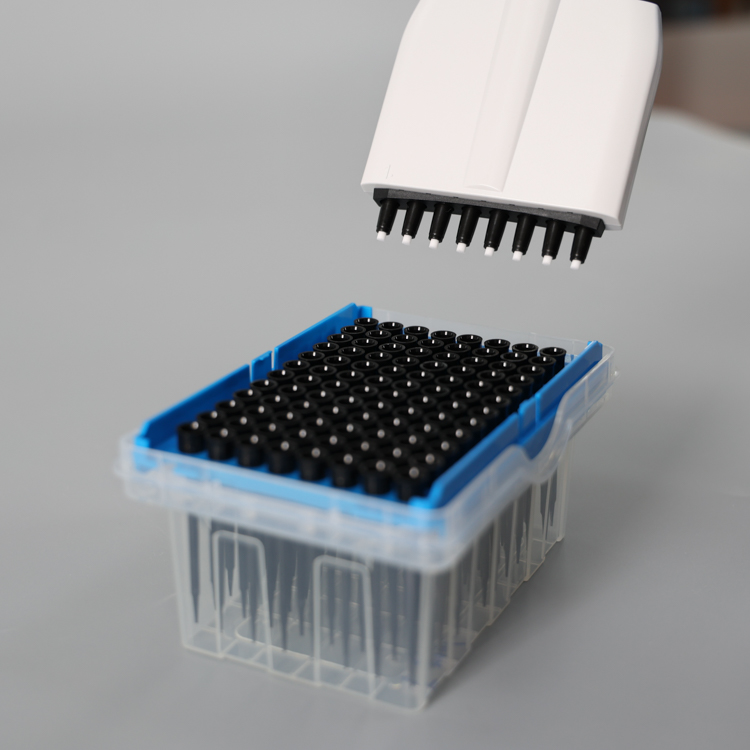At present, the market life cycle of the models is getting shorter and shorter, and small-volume and multi-variety production has become the pursuit goal of major automobile manufacturers. In line with this, the production mode of the engine must also adapt to the market demand of multiple varieties and different batches. Due to the diversity of market demand, the cycle of product renewal has accelerated, prompting many engine companies to introduce a flexible production line (FMS) with a processing center as the main body. It can be quickly adjusted according to manufacturing tasks and production environment changes, to meet the production needs of multiple varieties, small and medium batches.
Chery's Second Engine Plant is a modern, flexible, state-of-the-art factory built on the needs of a wide variety of automotive manufacturing and flexible production. The factory uses synchronous engineering in product design and fully reserves the commonality of later products, so as to produce multiple varieties on the production line according to market and product requirements.

Figure 1 Flexible Manufacturing System
The following takes the plant as an example to introduce the application of flexible production in the production of boxes and shafts and the problems to be considered in practical use.
Flexible production line
The general flexible manufacturing system consists of the following components: 2 or more CNC machining equipment or machining centers and corresponding auxiliary equipment; automatic loading and unloading storage system; and computer control system.
The main processing parts of Chery engine box parts are composed of dozens of fully flexible machining centers, and several machining centers form a working island - flexible manufacturing unit (FMC). Each flexible manufacturing unit is connected by an automatic roller or robot, which also includes the necessary cleaning, press fitting, leak testing, honing, on-line measurement, off-line measuring equipment, and cutting fluid centralized processing equipment. Auxiliary equipment generally uses the through roller conveyor to feed, and through model identification, select the corresponding station and test leak and tightening procedures. In the flexible manufacturing unit, the robot is loaded and unloaded by a fully automatic robot, and several robots are arranged on the whole line. On the automatic roller table of the production line, there is an automatic identification device for the product model. The robot, roller and machining center are connected by Profibus, and a Siemens CNC system automatically controls the consistency of each part. At the same time, the control computer can also select the optimal loading and unloading sequence according to the processing conditions of each machine tool, and automatically place the workpieces that need to be sampled into the inspection station according to the set range.

Figure 2 Flexible manufacturing unit
Each FMC consists of several processes, each consisting of multiple machining centers of the same type. The front of each FMC is the loading roller, followed by the blanking roller and the inspection station. Each FMC is also a corresponding roller table, which can play the role of temporary storage of the workpiece.
The machining center is the core part of FMC. The machining center in FMC adopts the automatic tool change system of large-capacity tool magazine, which can meet the needs of rapid tool change and tool storage for multi-variety production. The system has a wealth of tool monitoring and management functions such as tool life management, laser tool break detection and ARTIS torque monitoring, which ensures the automation and reliability of the equipment is effectively and fully guaranteed.
The shaft production line of Chery Engine No. 2 is also a flexible manufacturing system FMS consisting of high-precision machining centers, CNC automatic lathes and fully automatic grinding, as well as FMCs for polishing, cleaning and inspection.
| Previous page | 1 | 2 | 3 | 4 | Next page |
Compared with single-channel pipettes, multi-channel pipettes simplify all the tasks associated with microtiter plates that often occur in immunology, biochemistry, clinical diagnosis and food analysis. Multi-channel pipettes generally have 8 and 12 heads. The gun body can be rotated at 360°C, and each part can be disassembled and repaired separately. The lower half can be sterilized at 121°C. The dimpled housing ensures a firmer grip for the operator. Can be quickly calibrated.

how to use multi channel pipette,best multi channel pipette,multi channel pipette for 384 well plate
Yong Yue Medical Technology(Kunshan) Co.,Ltd , https://www.yongyuecultureflask.com